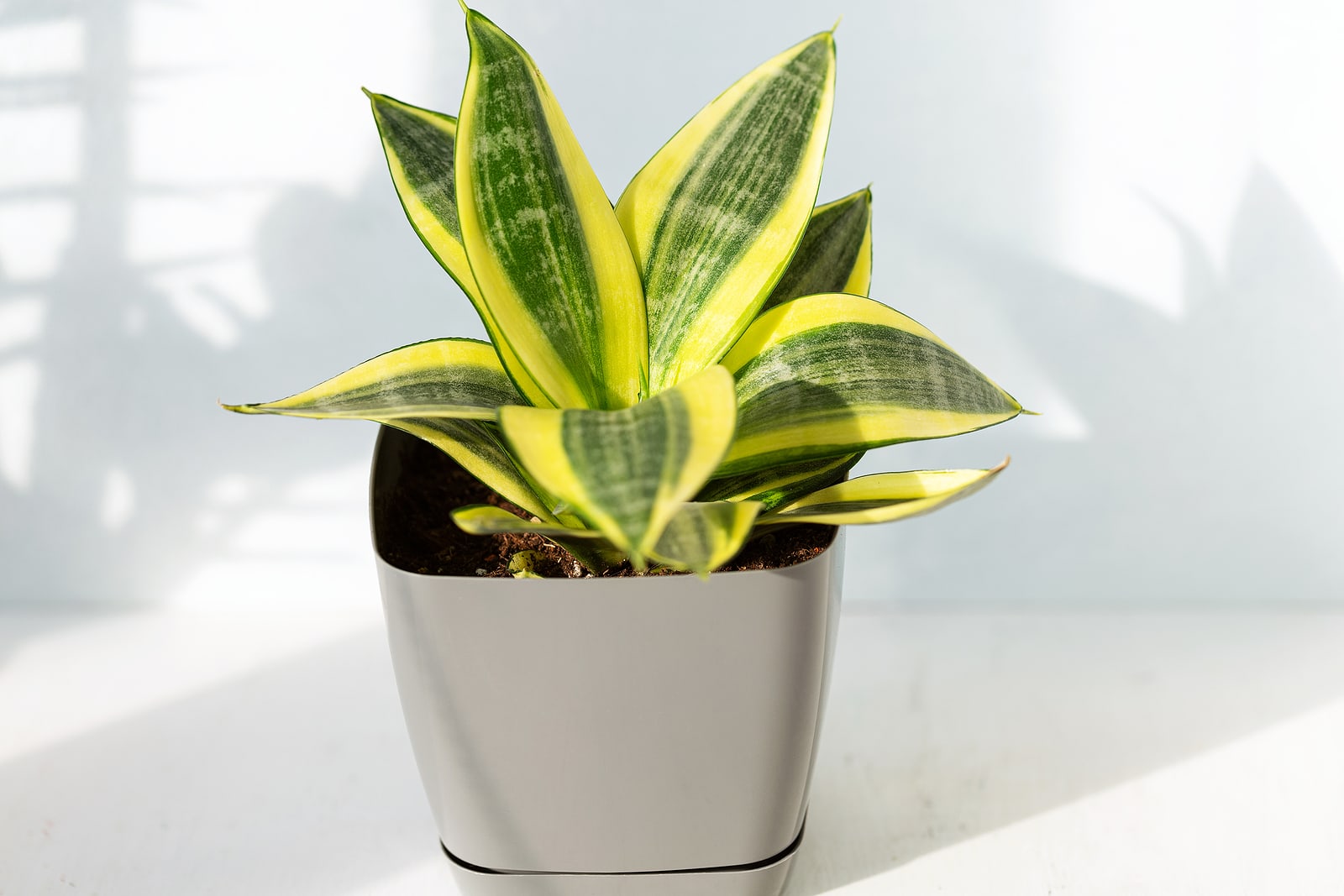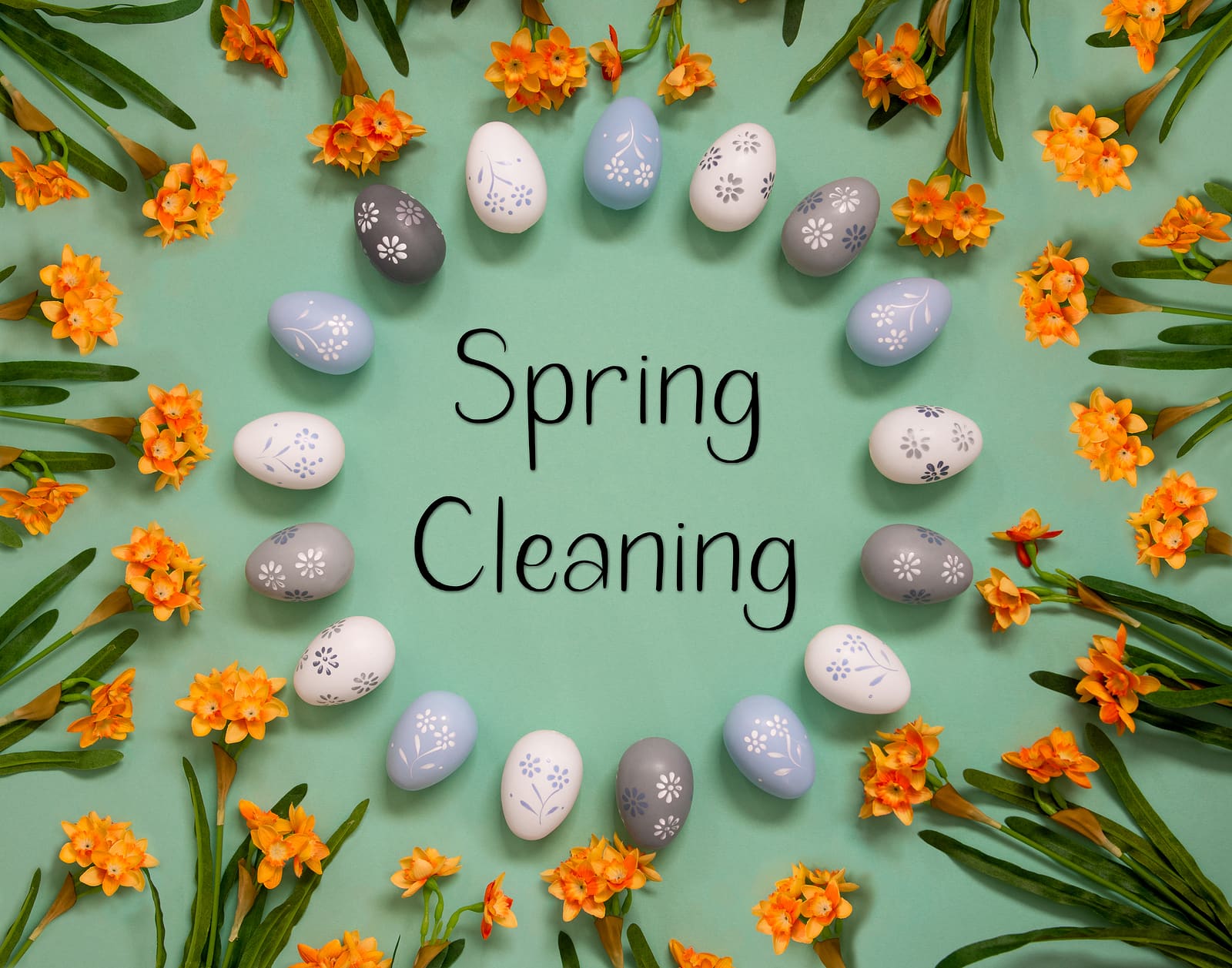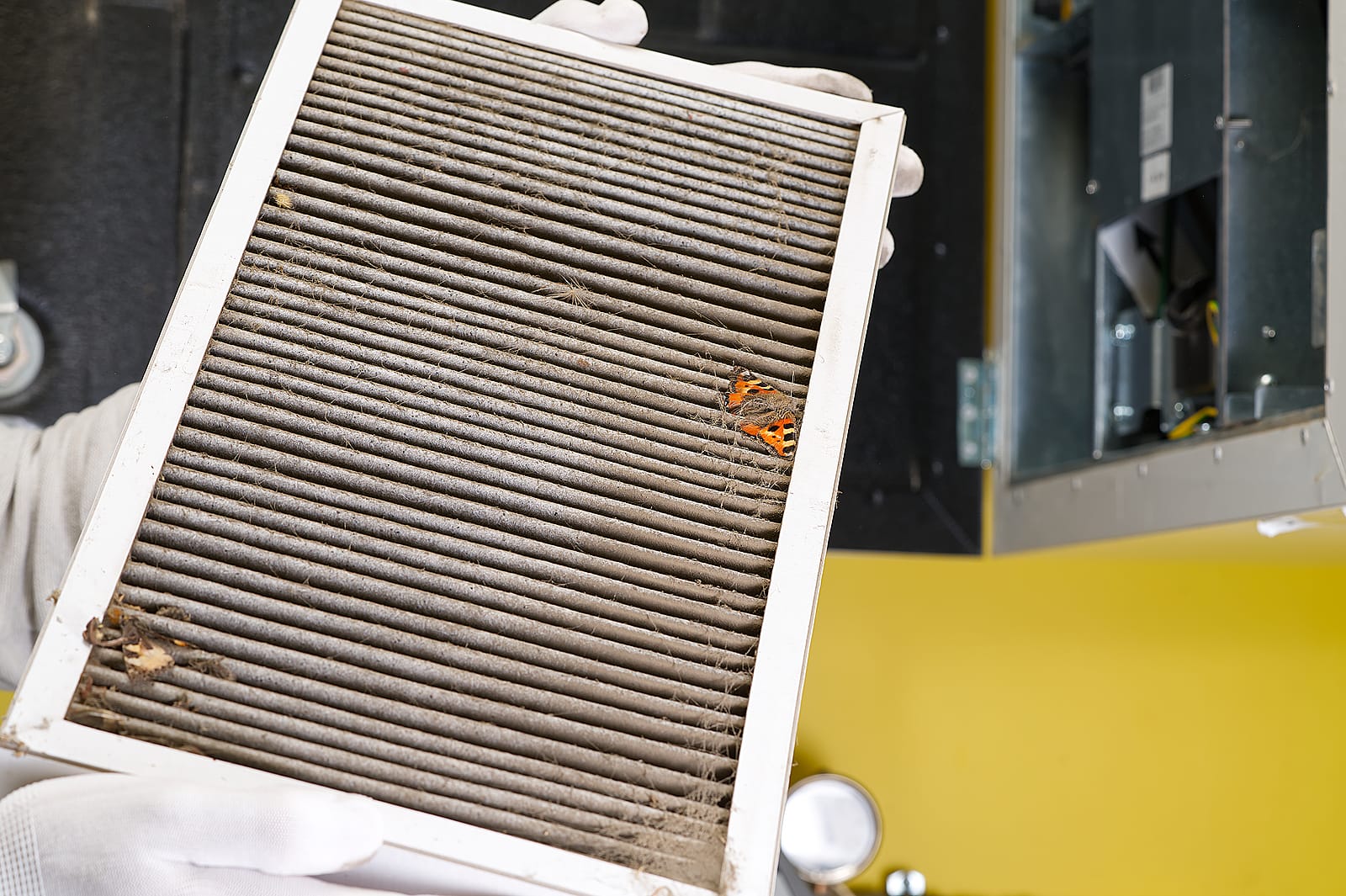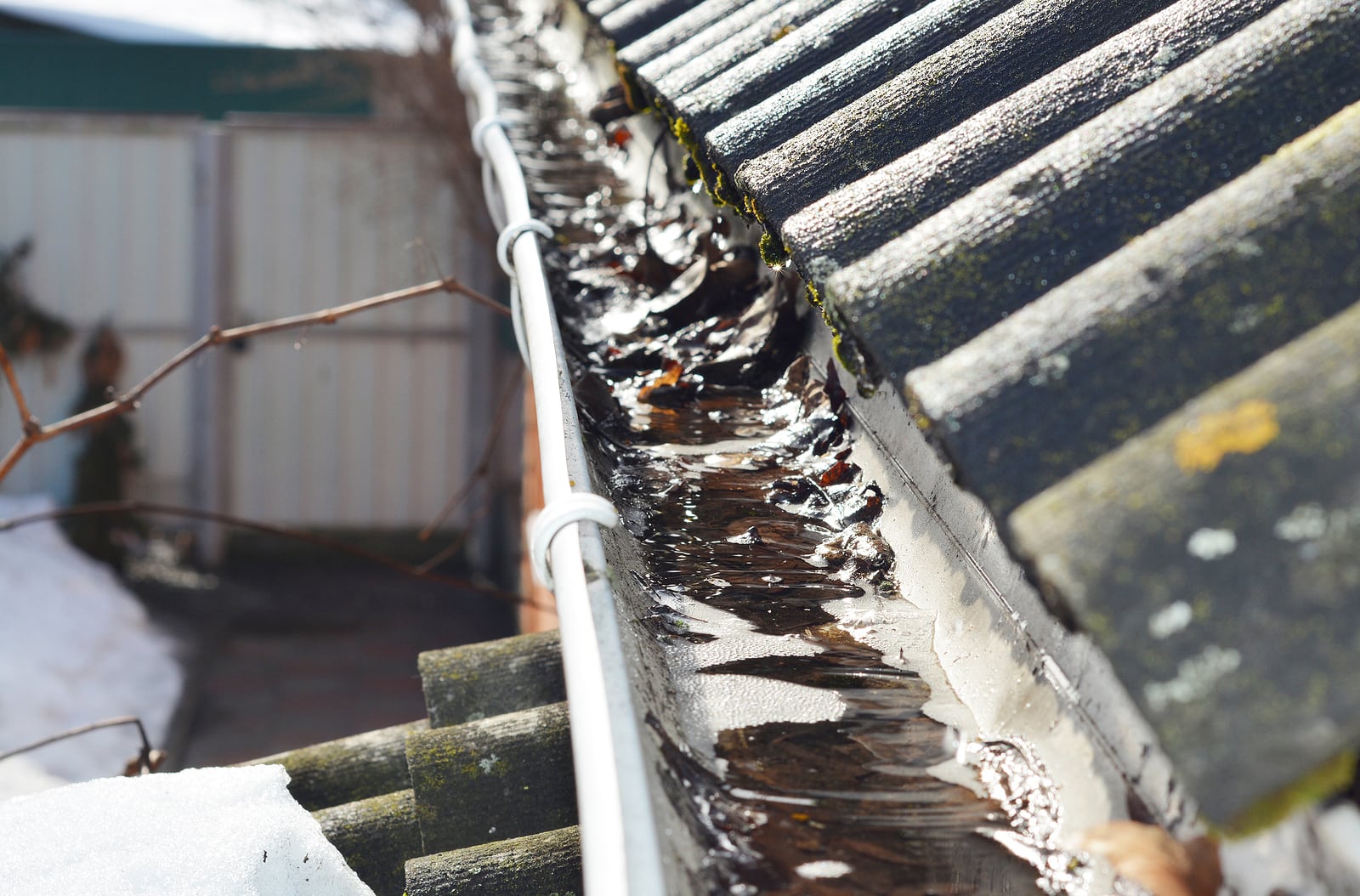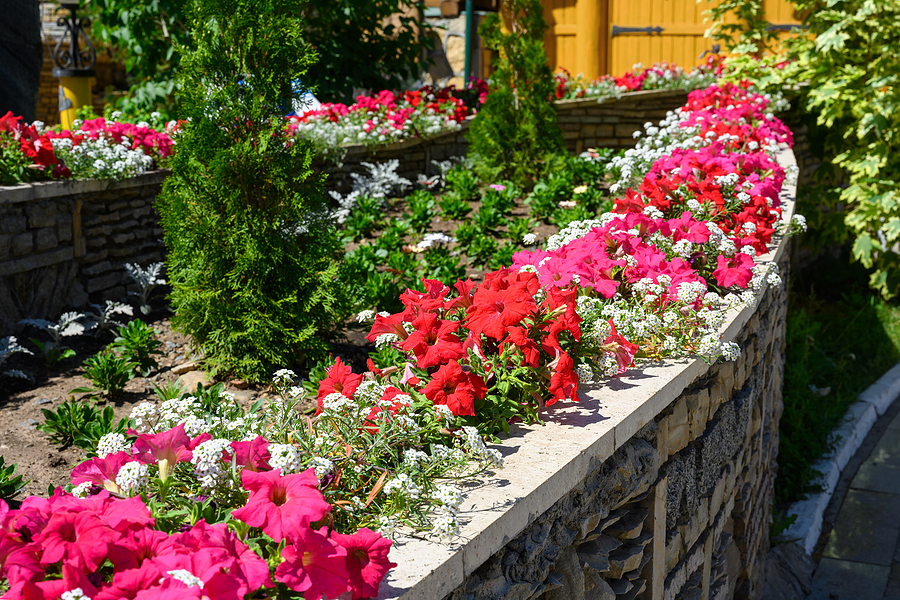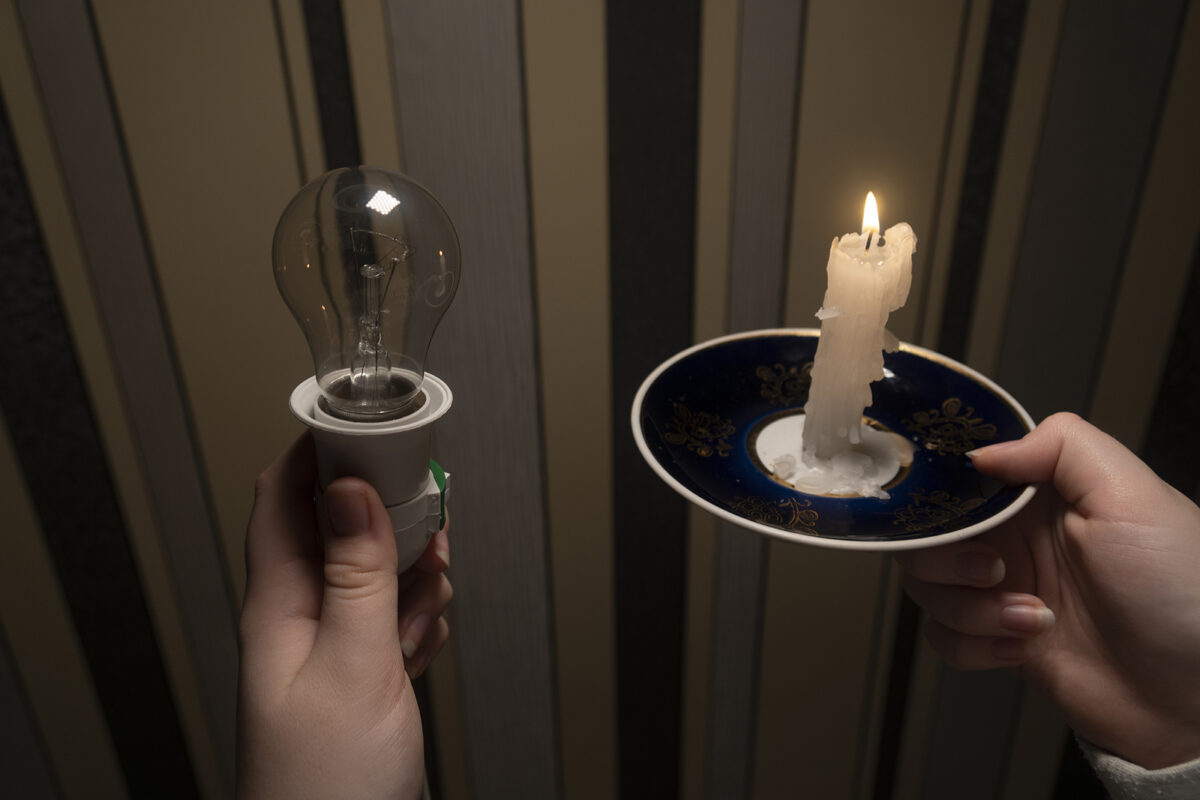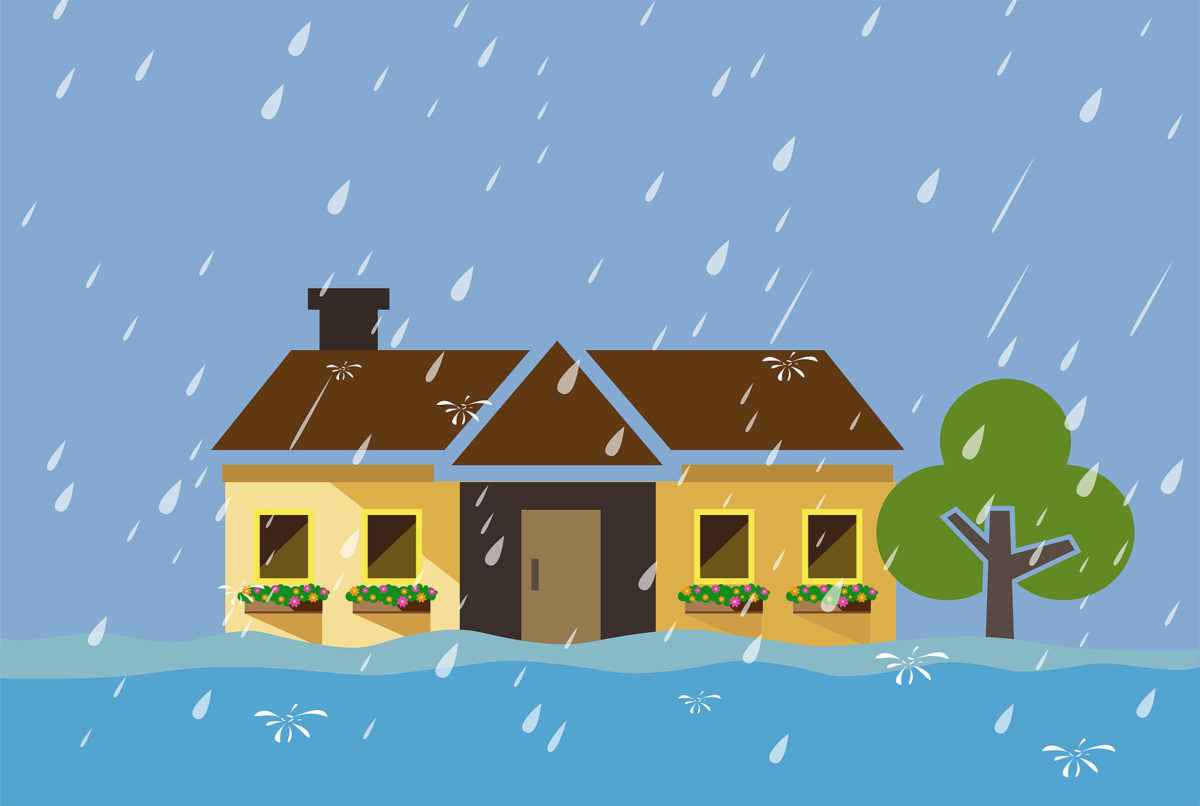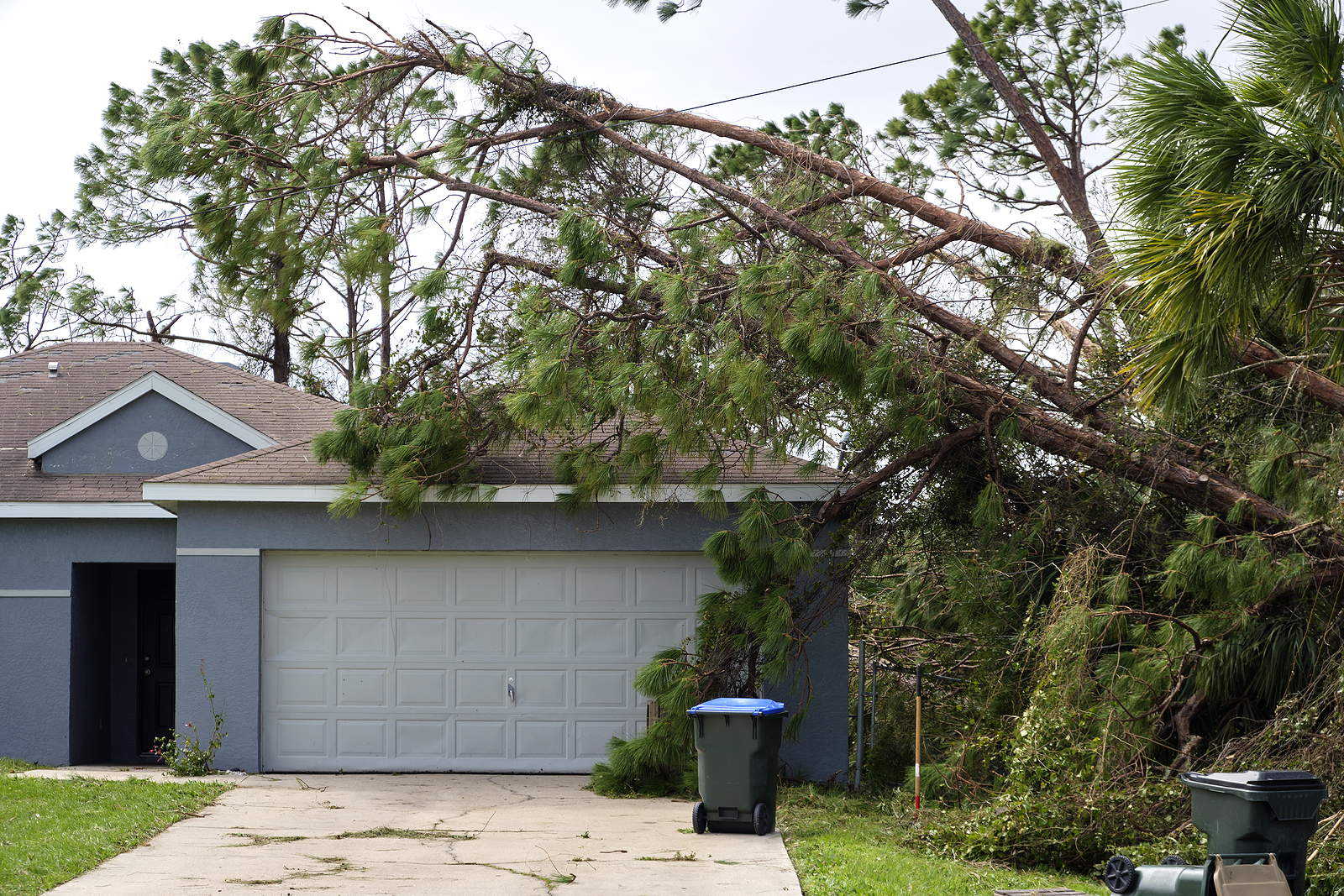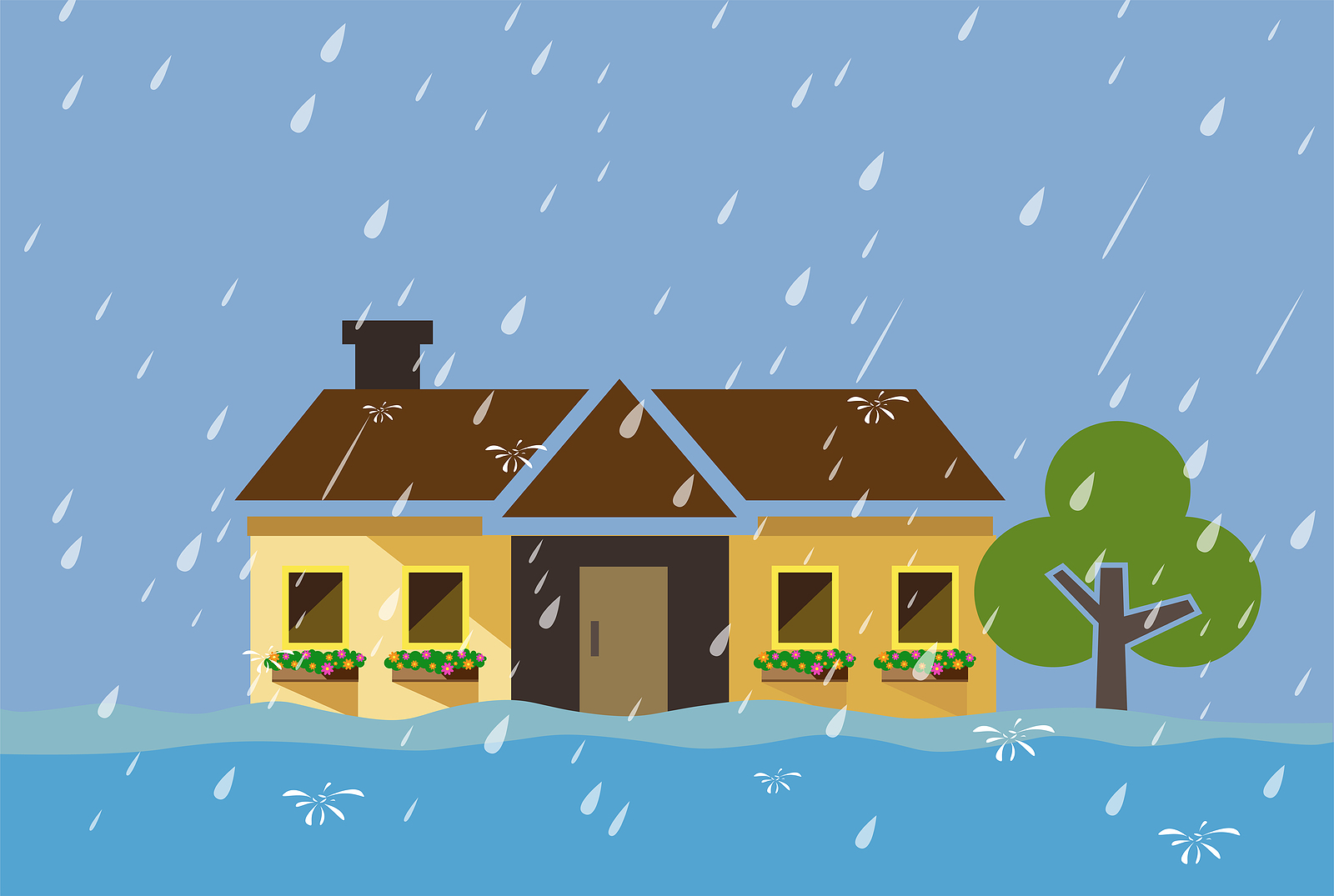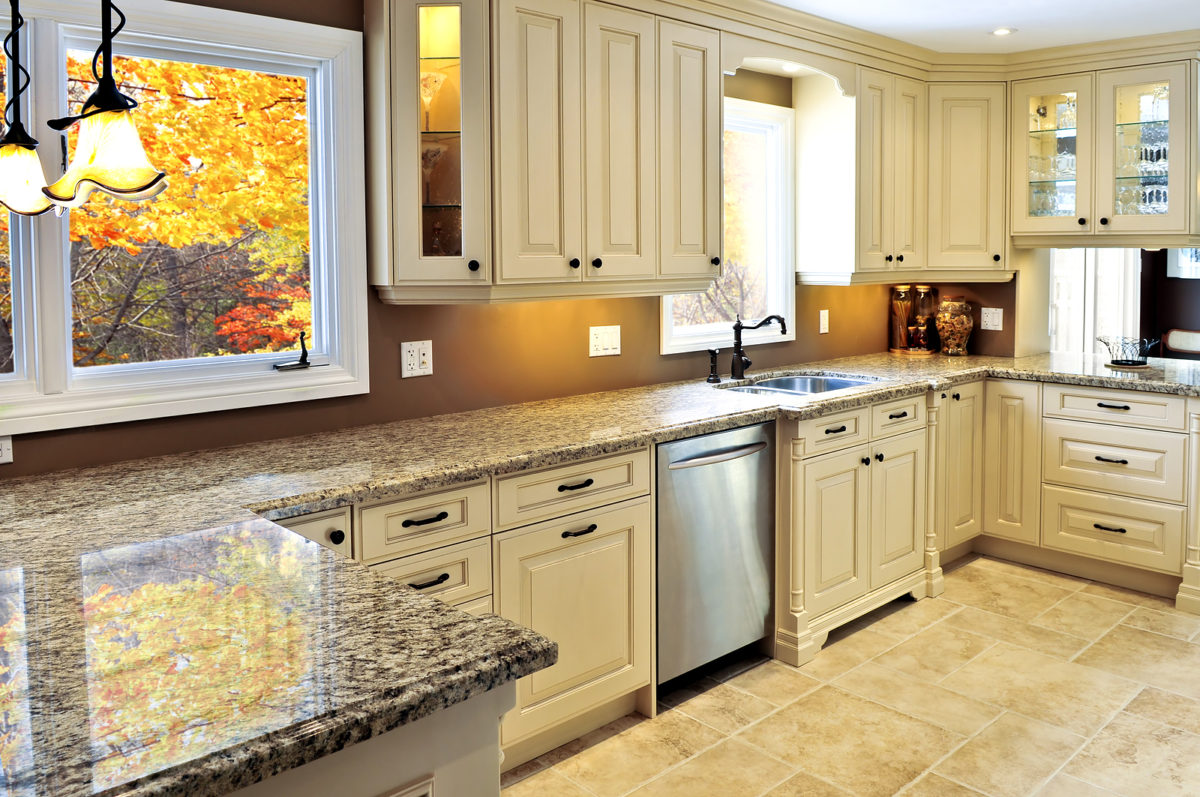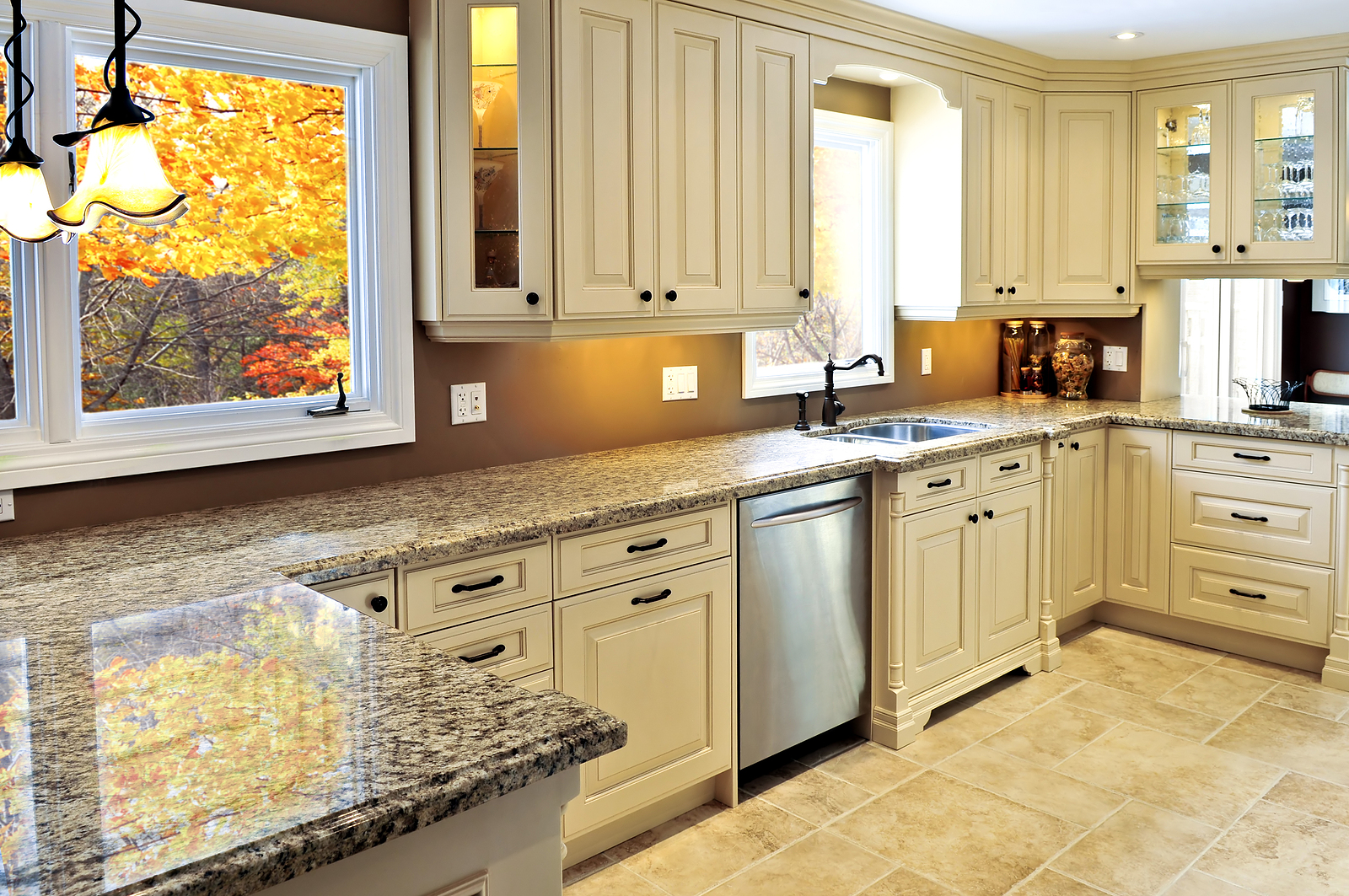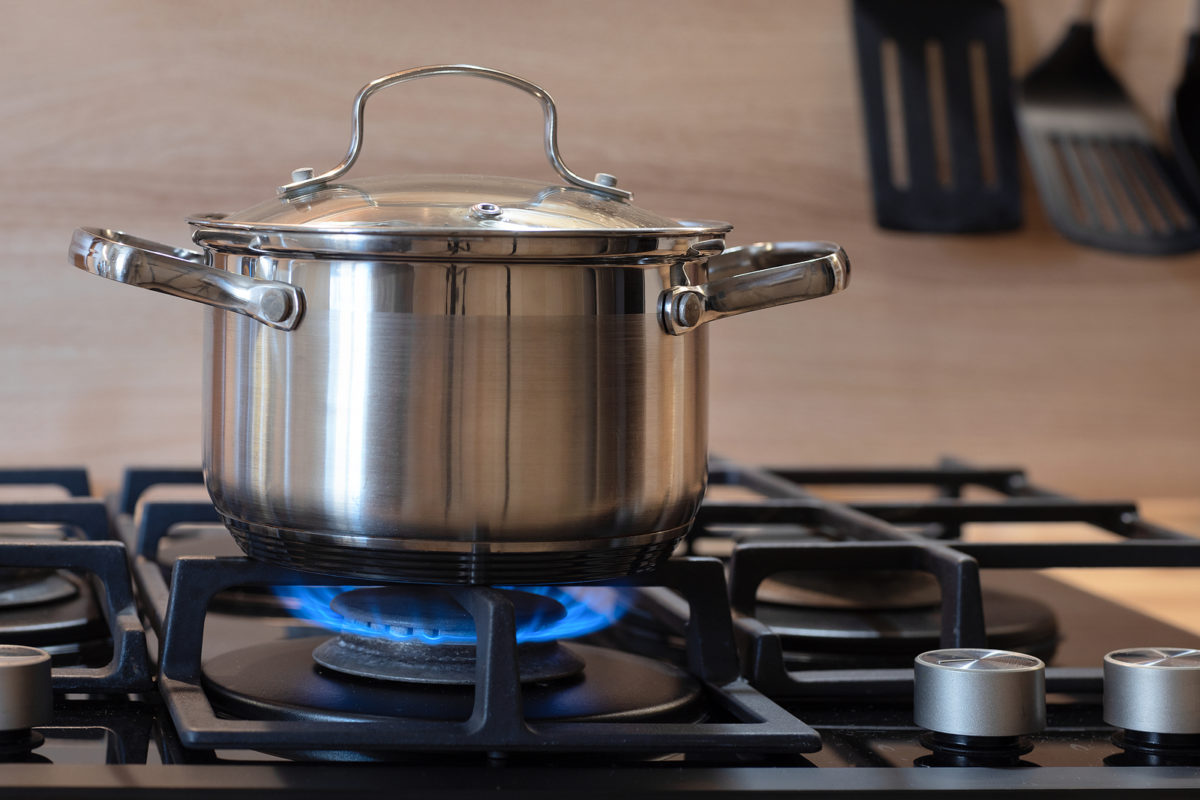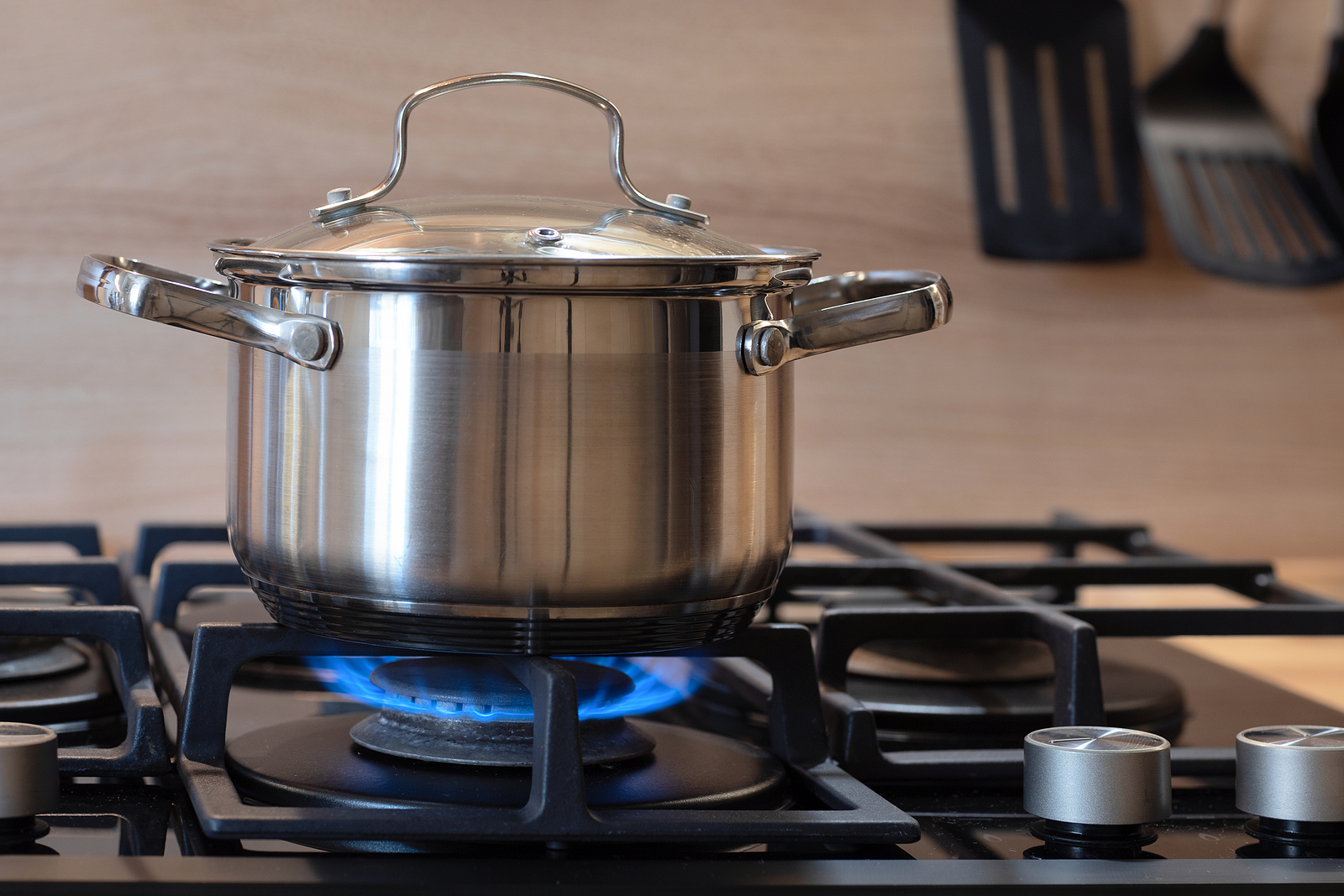Prices on almost everything consumers use are inflating, without a corresponding increase in wages. This makes for tight budgets for many Americans right now. Looking for creative ways to save on our biggest outlays every month has become almost a hobby.
Many of the folks we speak with claim that because their mortgage payment takes the biggest bite out of their budget, they’re seeking ways to pay less for the home every month.
Sounds like a big “ask,” but there actually are ways to lower that payment. Now these won’t work for everyone, but they’re worth learning about.

Your monthly mortgage payment in a nutshell
That check you write each month to keep a roof over your head pays for the following:
- The loan’s principal
- Interest
- Property taxes
- Homeowners insurance
- HOA fees (for some borrowers)
The principal you have no control over. The rest of the items on this, however, should be researched fully to see if you can bring down those costs.
Dump the high interest rate
Although mortgage interest rates have been on a bit of a roller coaster ride lately, they will even out (hopefully sooner than later). When they do, be ready to jump into the refinance market to snatch up a lower interest rate than you are now paying.
How much lower should you be looking for?
“Historically, the rule of thumb is that refinancing is a good idea if you can reduce your interest rate by at least 2%,” according to the Investopedia Team. “However, many lenders say 1% savings is enough of an incentive to refinance,” they add.
If you aren’t familiar with the various aspects of refinancing your mortgage, run the idea by your accountant or financial planner for warnings and tips.
Cut your tax bill
“The average American household spends $2,690 on property taxes for their homes each year,” according to John S. Kiernan, citing figures from the U.S. Census Bureau. This represents $214.17 added to your mortgage payment each month.
“There is some good news for homeowners, however” suggests Aimee Picchi at CBSNews.com.
“You can appeal your property assessment, and success means your tax bill could be lowered by hundreds to thousands of dollars,” she concludes.
Check the assessor’s bill for accuracy in the basic data regarding the home:
- Age of the home
- Square footage
- Number of bedrooms and bathrooms
“An error in one of these fundamental property characteristics can significantly increase a property’s overall assessment, suggests property tax attorney Gilbert D. Davila at Property-Tax.com.
Then, check how much the assessor claims your home is worth. It should be comparable to how much you would realize if you sold your home on the open market. To find out this figure, check the sales prices of comparable homes in your area over the past six months.
We are happy to offer you a no-cost, no-obligation of your home’s current market value. Feel free to reach out to us.
For additional information on how to appeal your property tax bill, visit CBS.com and your county assessor’s website.

Are you paying too much for homeowners insurance?
The average American homeowner pays about $1,512 each year (a bit less than $126 per month) for homeowners insurance, according to ValuePenguin.com.
And, many may be paying too much, according to a Consumer Reports study. Among respondents to the survey, “About 9 percent switched insurers in the previous three years, and more than half reported finding a better price,” according to Jeff Blyskal at consumerreports.org.
He goes on to claim that homeowners “can save hundreds to more than $1,000 per year in premiums by shopping around.”
Many insurance companies use your credit score when determining your premium, so work on raising your score to get better rates.
Blyskal explains that “an insurance premium for a 45-year-old homeowner with a fair credit score would be 36 percent higher than if she had an excellent score, on average nationally. If the homeowner had a poor score instead of an excellent one, her premium would be 114 percent higher.”
Get rid of PMI
Private mortgage insurance (PMI), or Mortgage Insurance Premium (MIP) if you have an FHA loan, are both a blessing and a curse. They’re a blessing because they help Americans who might not otherwise be given a mortgage to finally become homeowners.
The flipside, however, is that the premiums are tacked onto the house payment every month. With a conventional loan, PMI is removed when the homeowner obtains 20 percent equity in the home.
FHA’s MIP, however, remains for the life of the loan. But, if you’ve hit that magical 20 percent equity mark (and 80 percent loan-to-value), refinance into a conventional mortgage and you’ll do away with the MIP payment every month.
Many homeowners think that they’re stuck with the same house payment for the length of the loan. But not you; you now know about ways to lower that payment. You’re welcome!






